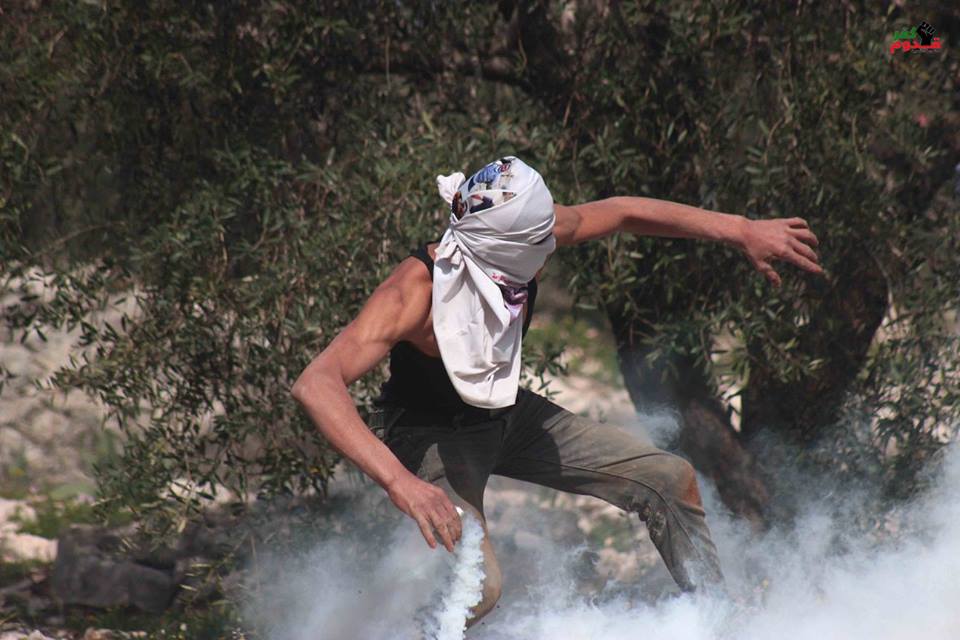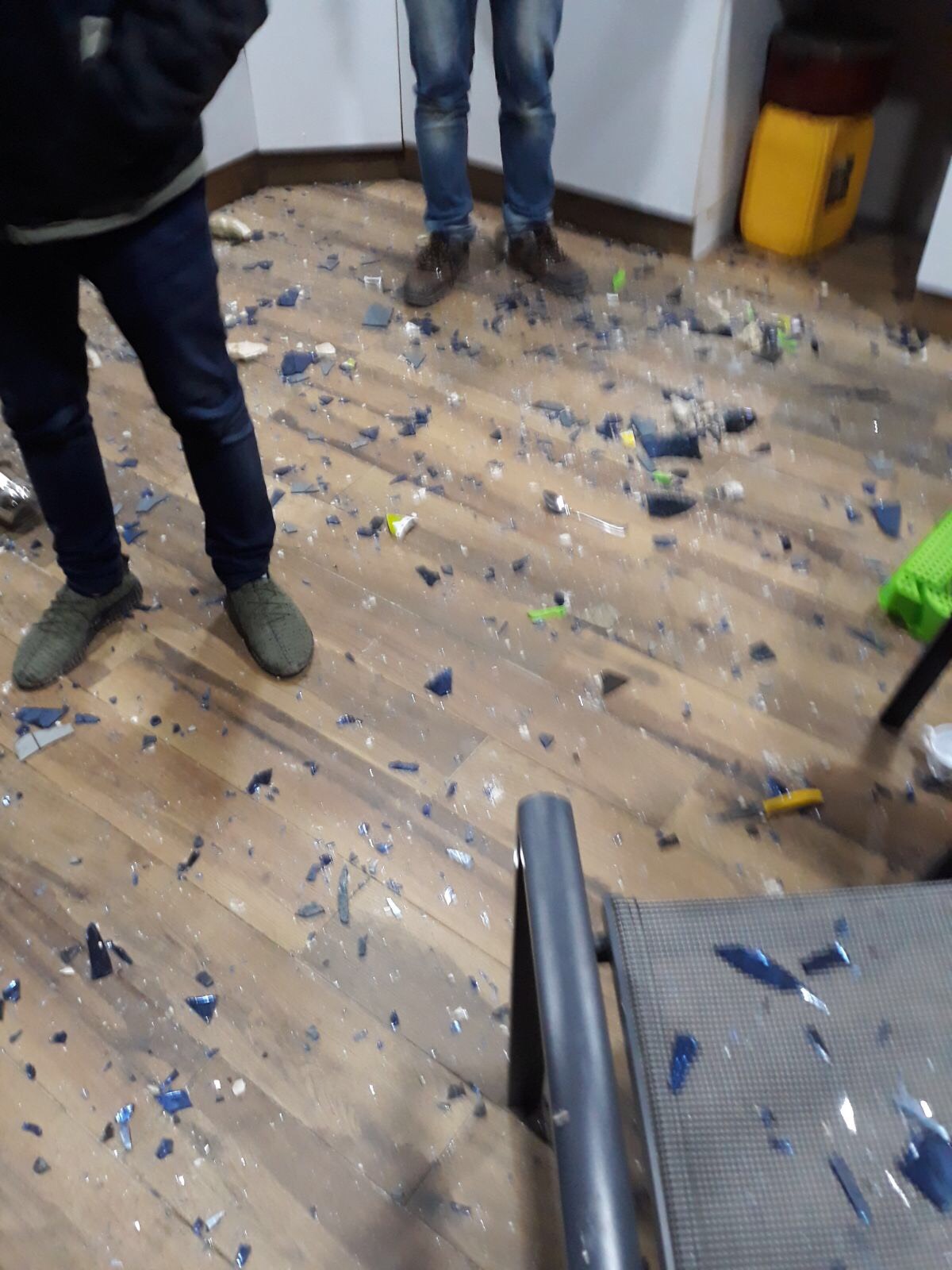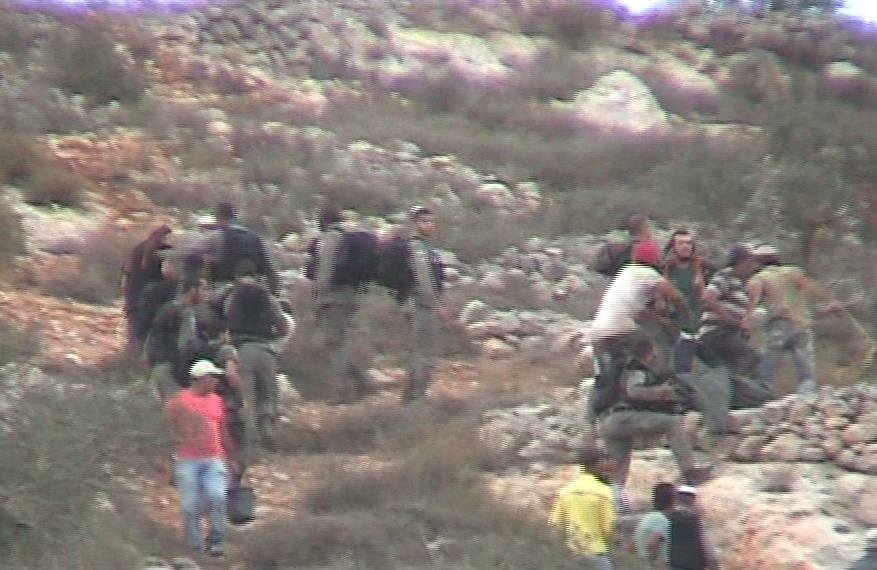Tag: Settler violence
-
Protest marks 30 years since intifada settler murder
10th February 2018 | International Solidarity Movement, Ramallah team | Occupied Palestine Yesterday in Kfar Qaddum Israeli armed forces fired live ammunition at peaceful protesters, luckily without injuries. The 8th of February marked 30 years since Kfar Qaddum’s first march during the Intifada, when villager Abed al Baset Jumal was murdered by masked settlers. Locals…
-
Palestinian villages attacked – yet resisting illegal outposts
12th January 2018 | International Solidarity Movement, Nablus team | Occupied Palestine Today in Kfar Qaddum the protesters, marching towards the road closed off due to the illegal settlement of Kadumim, were suppressed by Israeli military. Protesters were met with teargas and rubber coated steel bullets. Luckily there were no serious injuries. Three days ago…
-
Settlers of Yitzhar set fire to olive fields and attack farmers the next day
15th November 2017 | International Solidarity Movement, Nablus team | Huwarra, Occupied Palestine Israeli settlers of Yitzhar, set fires in two places in Palestinian olive fields around their illegal outposts, and attacked a group of farmers a day later, under the eyes of around 30 border police, present at the site. On Sunday 5 November,…



